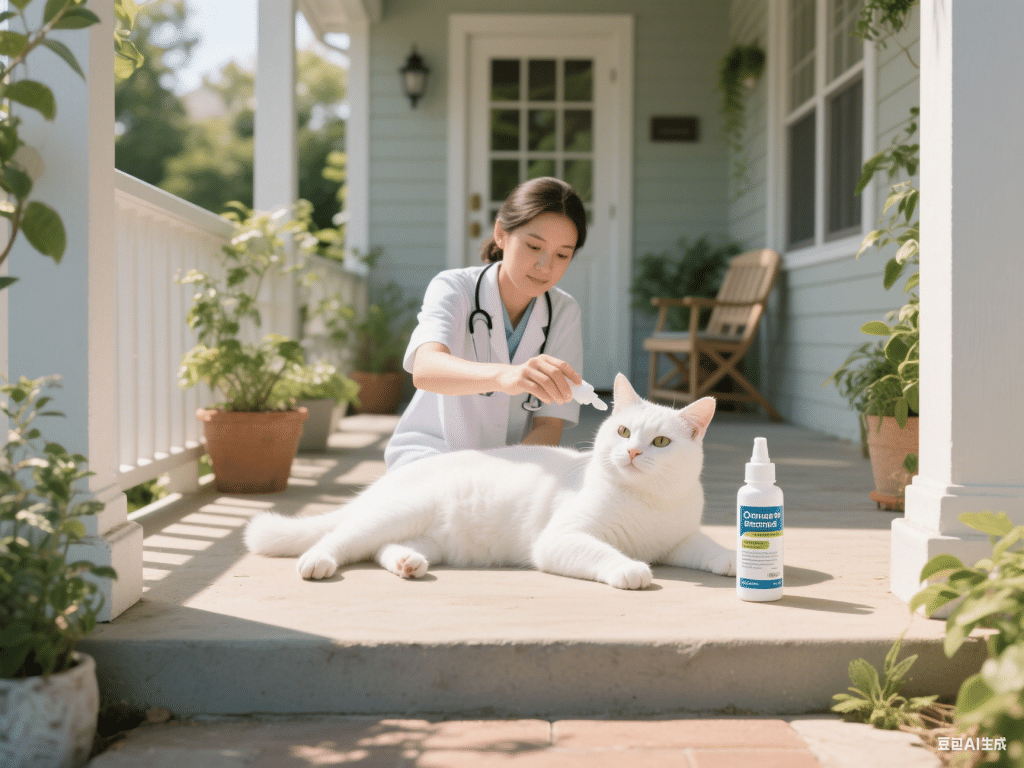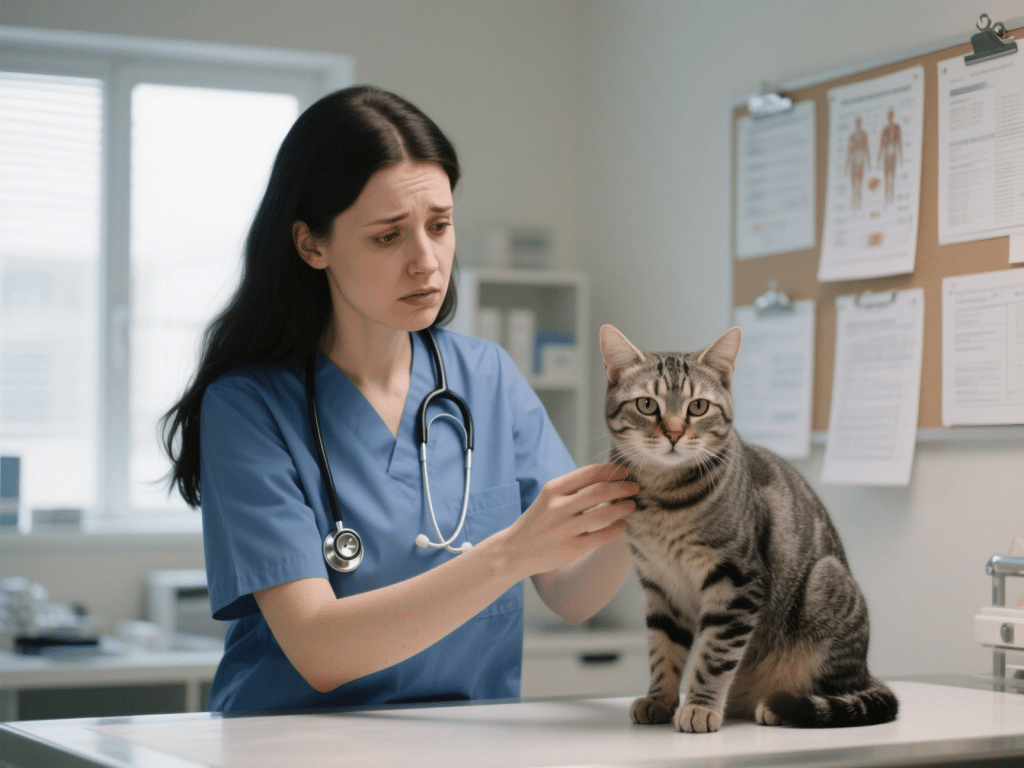Introduction
“Zoomies,” or Frenetic Random Activity Periods (FRAPs), are those surprise bursts of energy where cats race around the house, leap onto furniture, and sometimes dart in circles. While often amusing, owners may wonder if this behavior is healthy or a sign of distress.
Why Do Cats Get Zoomies?
Pent-Up Energy
Indoor cats may lack sufficient play and enrichment. After a nap, they release pent-up energy in short, intense bursts.
Play-Related Exuberance
Cats simulate hunting behavior—stalking, chasing, and pouncing. Zoomies mimic running from prey or capturing an imaginary target.
Post-Elimination Zoomies
After using the litter box, many cats suddenly sprint away. This may be a stress relief reaction or simply a cat’s natural instinct to move quickly away from a vulnerable position.
Stress or Excitement
A new toy, visitor, or change in routine can trigger sudden excitement, prompting a brief frenzy of activity.
Age & Health
Kittens and young cats naturally have more frequent and intense zoomies due to developing coordination and high energy levels. Older cats may exhibit fewer zoomies but still engage occasionally.
When Zoomies Are Normal
Frequency & Duration: Short bursts (15–60 seconds) a few times daily or after naps/exercise are typical.
Appropriate Timing: Occurring during active periods—morning and evening—aligns with crepuscular (dawn/dusk) instinctual behavior.
Healthy Appearance: The cat’s gait should be smooth, without limping or signs of pain. After the zoomie, your cat returns to normal, relaxed behavior.
When to Be Concerned
Sudden Onset in Older Cats – If an older cat who is normally calm begins racing incessantly, rule out medical issues like hyperthyroidism.
Excessive or Prolonged Episodes – Zoomies longer than a few minutes or multiple times hourly may signal stress, anxiety, or neurological issues.
Uncoordinated Movements – Skipping, stumbling, or barking-like vocalizations during zoomies could indicate vestibular problems or seizures.
Underlying Pain – Cats may exhibit restless pacing or frantic behavior when in pain (e.g., arthritis). Monitor for limp or reluctance to jump.
Encouraging Healthy Zoomies
Play Sessions: Provide daily interactive play times (using wand toys or laser pointers) to burn off energy in a controlled manner.
Environmental Enrichment: Install climbing shelves, scratching posts, and window perches to encourage vertical movement and exploration.
Safe Spaces: Clear pathways of breakables to prevent injuries during zoomies. Provide soft landing spots and avoid slippery floors.
Conclusion
Zoomies are generally a sign of a happy, healthy cat releasing energy. Monitor frequency, duration, and gait to ensure no underlying health issues. By offering regular play and enrichment, you support normal zoomie behavior and keep your cat physically fit and mentally stimulated.










Comments on "Understanding Your Cat’s Sudden Zoomies: Normal or Not?" :